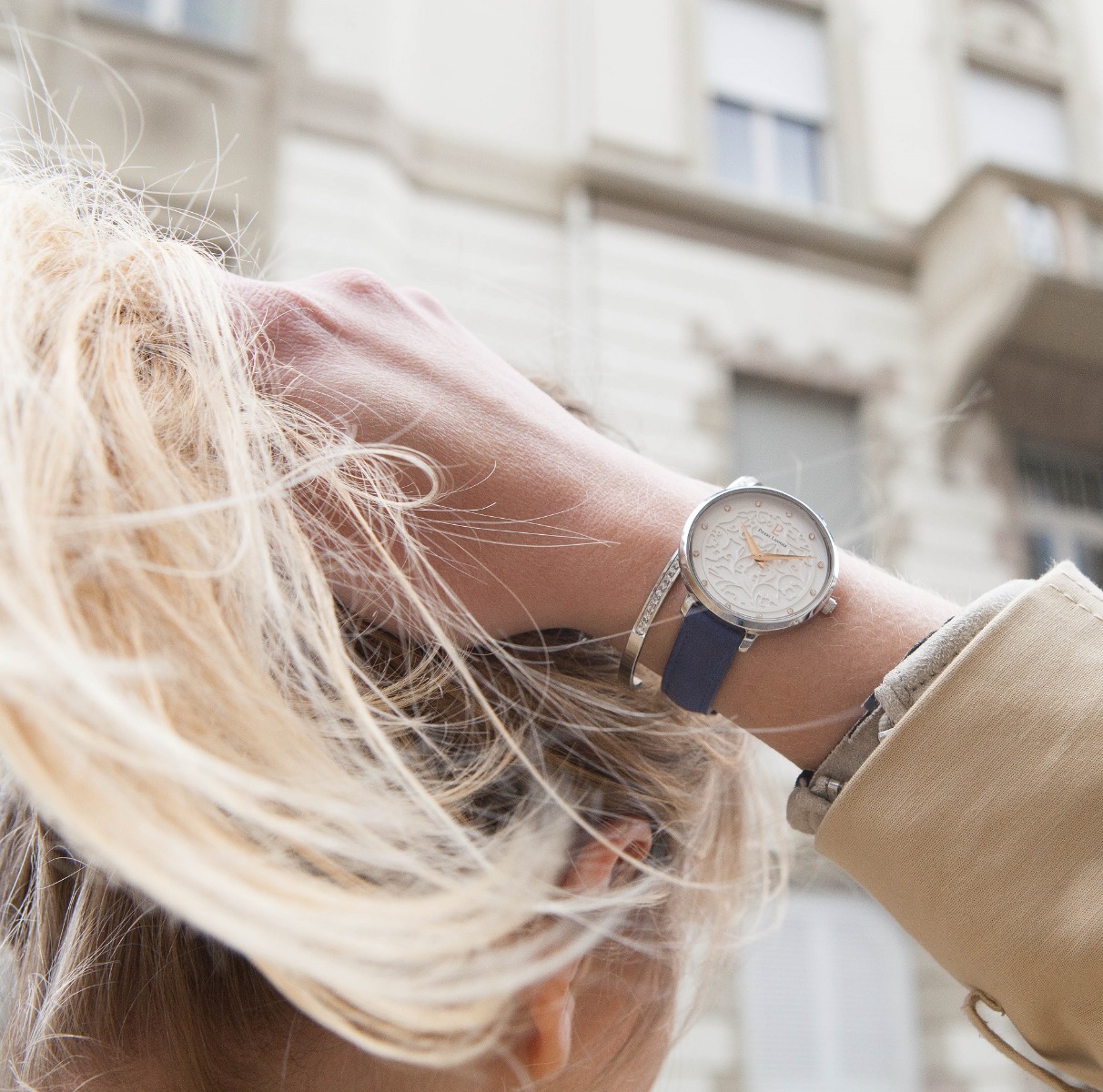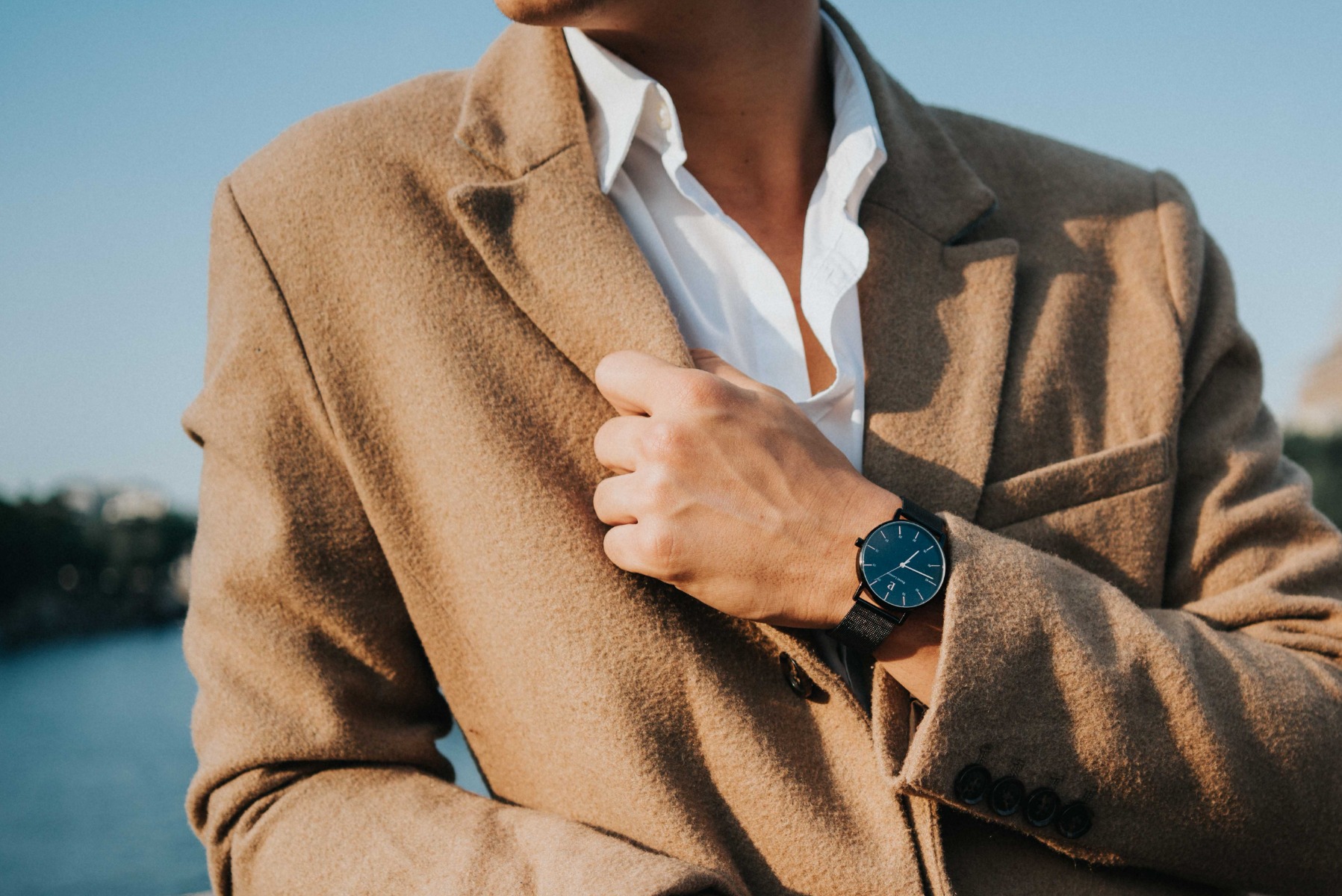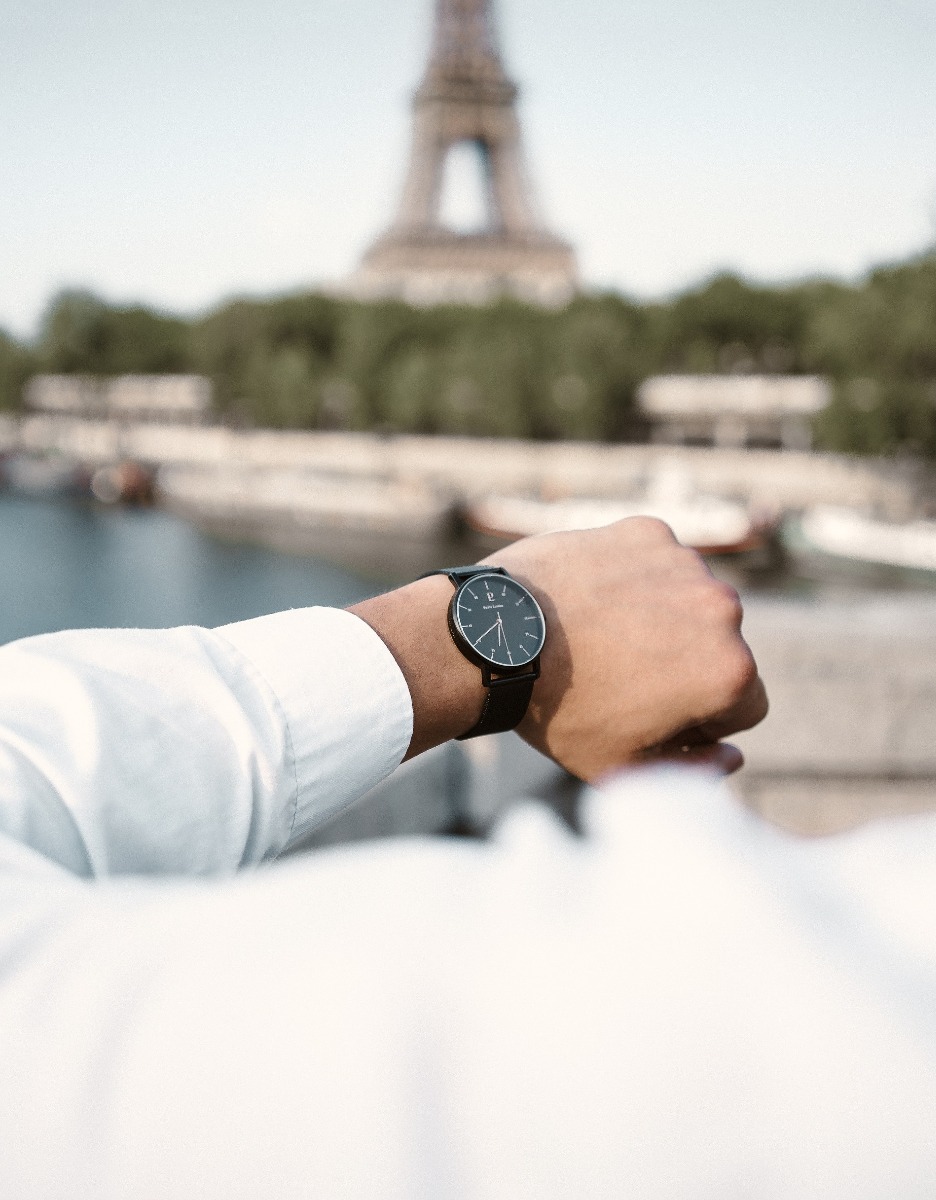The watchmaking tradition
Traditionally, a watch is more likely to be worn on the left wrist. To explain this phenomenon, we have to go back in time, to the creation of the first wearable watches. During the 20th century, the fashion of the wristwatch appeared and spread. At that time, their mechanism was not as autonomous as it is today, and they had to be manually wound. Since most of the population is right-handed (about 90%), the crowns were placed on the right side of the timepieces as a matter of convenience. Therefore, it was easier to do it with the right hand when the watch was worn on the left wrist. It should also be noted that at that time, most of the work was done by hand, and that the first models were much less resistant. In fact, wearing the watch on the arm that works the least reduces the risk of damaging it. Therefore, it was more prudent to wear the watch on the wrist that was less used, in order to avoid shocks and to keep it protected longer.



